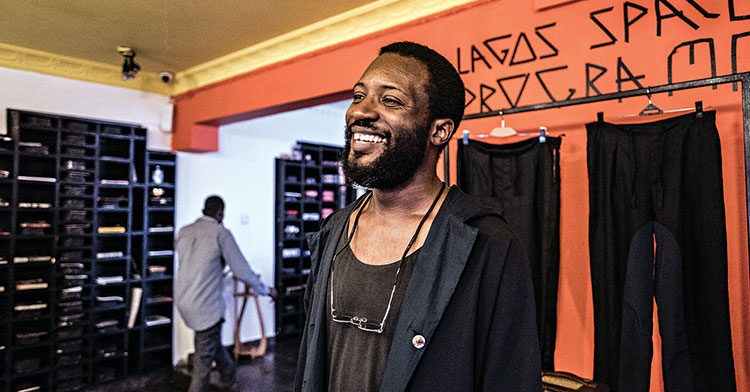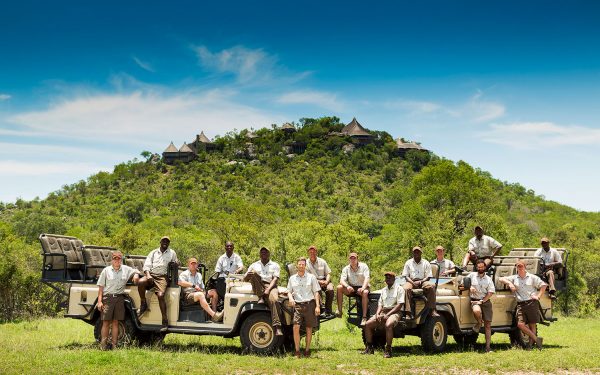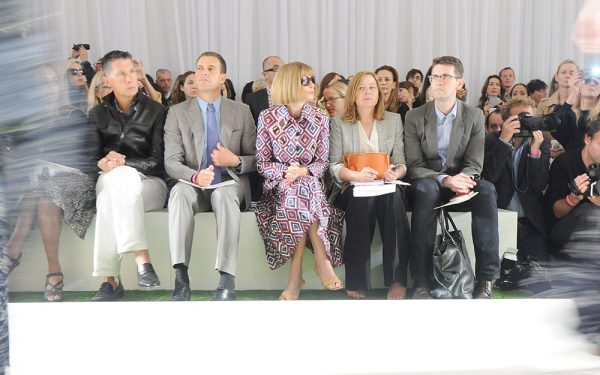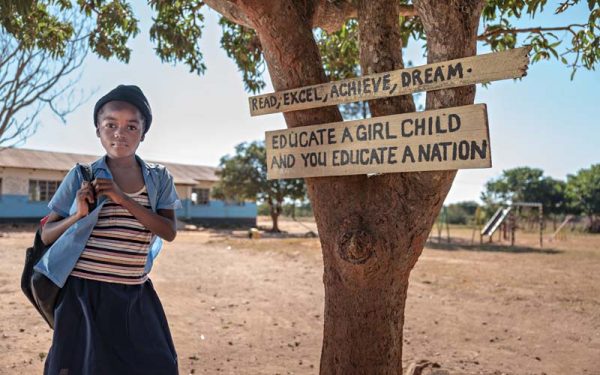Lagos doesn’t do understatement. From graffitied danfo buses that ferry millions up and down its spleen-shaped centre daily, to myriad brightly-painted bars and cafes, it is pandemonium in technicolour: somewhere that, unlike New York, truly never sleeps.
With 21 million inhabitants, it should come as no surprise that Lagos is a cultural powerhouse. From Afrobeats to Nollywood, both movie and music industries have taken their place on a world stage.
But in the past decade or so, it is fashion that has come to the fore.
Trendy Lagosians once visited traditional tailors or sought out high-end Western fashions. Now, they are starting to look to a new generation of hip, local designers who are shifting the goalposts of style. It’s a mark of Nigeria’s recent economic progress – and it’s changing the face of Lagos forever.
Located on Lagos’ upmarket Victoria Island, Alara (which means “wondrous performer” in Yoruba, the city’s dominant language) looks alien from its drab, mid-century surroundings.
The red-painted, multi-floored concept store, launched by entrepreneur Reni Folawiyo in 2015, is an attraction in its own right. Visitors are flanked by row upon row of enthralling fashion and furniture, most of which is local, while an adjoining restaurant serves some of the most creative and well-executed dishes anywhere in the region.
Folawiyo wanted Alara to change Lagosians’ attitudes to fashion. Years before, most locals preferred to visit giant, open-air markets, or, if they were wealthy, to hire tailors of traditional styles, such as Aso Ebi, which combines piebald head-wraps with peplum dresses, or Adire, meaning ‘tie and dye’, whereby patterns are created using stitching, or by using chicken feathers to paint cassava paste onto fabric.
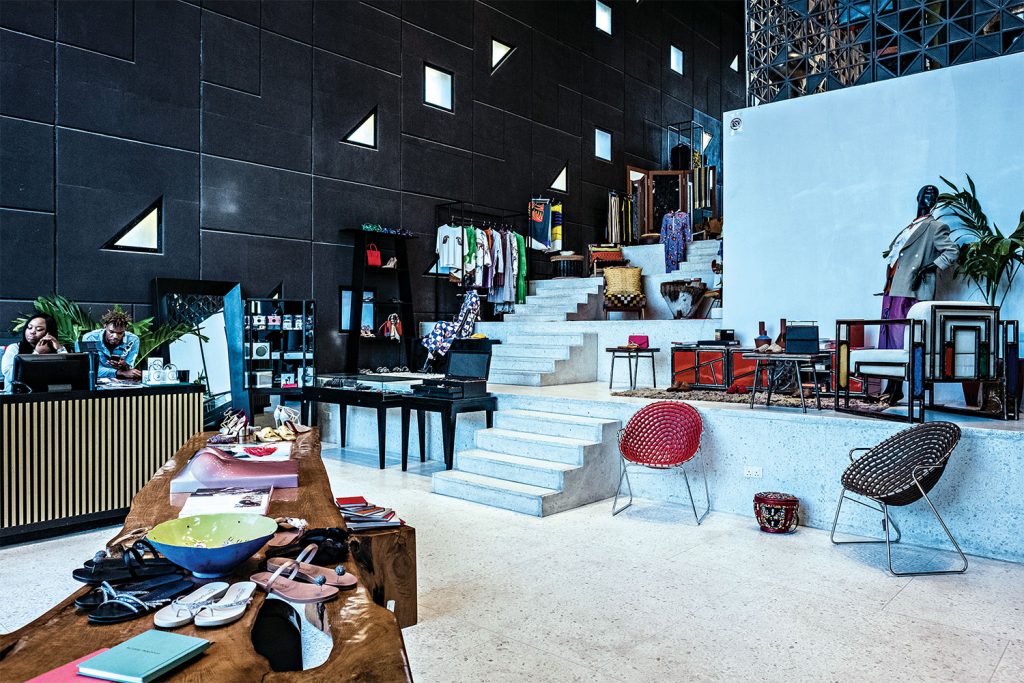
Edwin Okolo, a fashion designer and writer who lives in Lagos, believes Alara has shifted sartorial attitudes in the city. But the foundations for its success, he claims, were laid many years previous.
For decades Lagos was an arts epicentre. Music, from the Afrobeats of Fela Kuti to experimental electro-funk by William Onyeabor thrilled crowds worldwide. When democracy returned, Nigeria’s movie industry boomed: by the mid-2000s Nollywood, centred in Lagos, was the second most prolific on earth behind India’s Bollywood.
Most of Nollywood’s biggest stars lived in Lagos. In 2006 celebrity blog Bella Naija, riffing off a patriotic name for the country, was launched. People began taking notice of stars’ style. Designers wanted to dress them.
“(We were) about six or seven years into our democracy,” says Okolo. “So the upper-middle class had arrived. They had spending power, malls were coming into the country… people started to gravitate towards the brands.”
For the vast majority of Lagosians it was still Western brands like Prada and Moschino that carried the greatest cultural capital. In 2007, that began to change. That year the Arise (shorthand for “Africa Rises”) Fashion Week arrived in Lagos. It welcomed world-renowned designers and models to Nigeria including Grace Bol and Ozwald Boateng.
“It really gave Nigeria a taste of fashion weeks,” says Okolo.
This year Arise returned to the city after a six-year hiatus. It has been joined by Lagos Fashion Week, founded in 2011, which is now Nigeria’s premier fashion event. Social media platforms like Instagram democratised and accelerated the scene, bringing yet more outside awareness. This year supermodel Naomi Campbell visited, championing the country’s designers and calling for the publication of a Vogue Africa. “It was so much more than a supermodel appearance. It signified international recognition for Lagos, arguably Africa’s fashion capital, and also for the wider African fashion industry,” said Mazzi Odu, founder of style site Magnus Oculus.
Among Nigeria’s most exciting designers is Amaka Osakwe, who founded the brand Maki Oh in 2010. In 2013 then-US First Lady Michelle Obama wore one of Osakwe’s chiffon blouses during a state tour of South Africa. It announced Maki Oh on the world stage.
Osakwe has joined a number of young Nigerian designers exploring the space between traditional and modern tailoring techniques, including Kenneth Ize, Lisa Folawiyo and Deola Sagoe. The result is often bright, and lurid, and unmistakably Nigerian. “To me, it’s not about modern contrasting with the traditional,” Osakwe said recently. “They go hand in hand. It’s about making sure the traditions in my culture don’t die.”
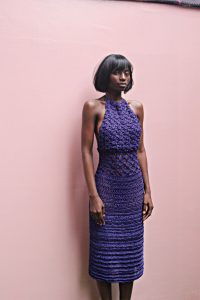
Design success on the international stage, however, does not mean an automatic change in the buying habits of Nigerians. Many still favour high-end clothing from Europe and the US, with other middle-class Nigerians preferring to call a local tailor versed in the country’s traditional styles.
“Seventy per cent of Nigerians prefer to visit Aso Ebi tailors to make made-to-fit outfits for them, than pay some ridiculous amount to foreign brands,” says Badaru-Atoyebi Modupe, editor of website The Aso Ebi Junkie.
While Lagos’ heightened interest in fashion has fuelled an increase in the number of traditional tailors, experts worry the market is being flooded by low-end work, creating a dearth of skilled practitioners. Modupe wants more tailors to travel west and follow the trend of Nigeria’s famous designers.
Uju Lilian Ikegbune, of Lagos-based co-sewing space 360 Creative Hub, admits that the lack of skilled tailors is an “issue plaguing the fashion industry.” Her space, which incubates young brands and teaches tailoring skills, is trying to change that at grassroots level. 360 runs “training aimed at improving and orientating tailors toward adhering to excellent work, commitment to job completion and delivering on time,” she adds.
Five years ago, when Yegwa Ukpo founded Stranger, a fashion boutique and coffee shop in Lagos’ upmarket Lekki neighbourhood, he favoured rare foreign brands like Yohji Yamamoto and Comme des Garcons. As the store matured, and Nigerians studying at fashion houses abroad began to graduate and come home, he changed tack.
“Bluntly, the expertise for training and critical thinking… here is not so robust, so it’s good when people trained in England, Germany, America, Japan, whatever, are now coming back here and trying to figure out what we can do with locally available materials,” he says.
You’d barely recognise Stranger among Lekki’s large, barely-finished homes. Inside it’s a Tardis of top-line clothing, leather goods and artwork. Once grungy, it is now decked out like a Parisian boutique. “There is a real
fusion between Western styles and local styles,” says Ukpo.
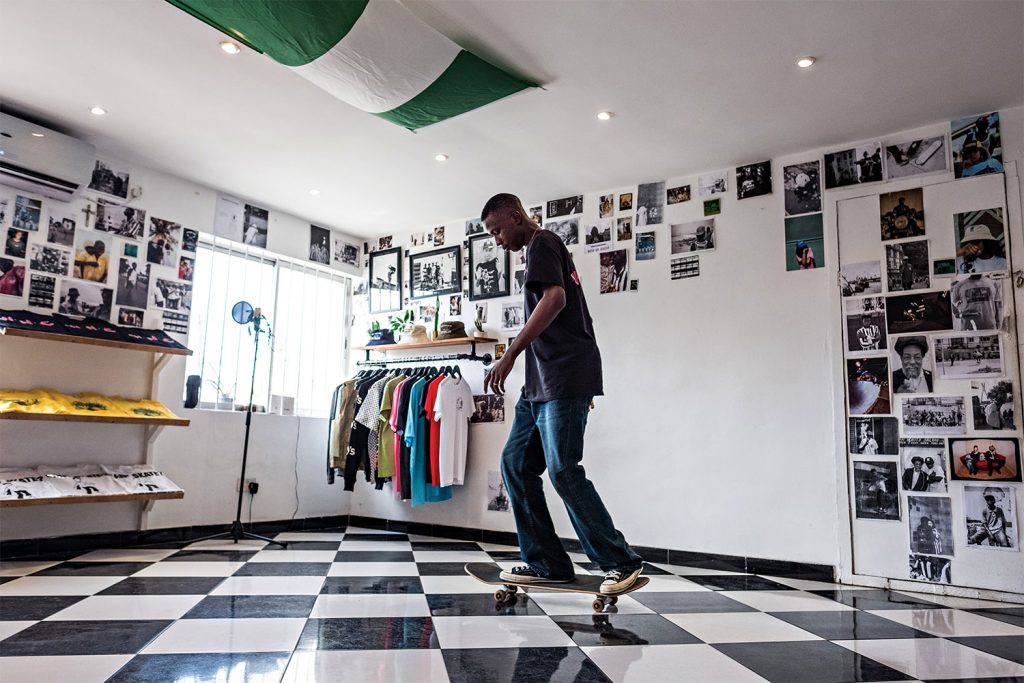
The global fashion industry is now worth over $2.4trn. Africa’s own portion of that is reckoned to be around $31bn, just 1.3 per cent of that total. But with designers flourishing, and local e-commerce sites like Fashpa, Jumia and Konga beginning to thrive, this figure is expected to rise considerably.
Nigeria, with a population of 186 million and by far Africa’s largest GDP, is unmistakably the continent’s fashion capital. Elle South Africa’s fashion editor is Nigerian Dimeji Alara, and so dominant is the country’s scene that many Africans now complain the industry is being “Nigerianised”.
Creating a truly Nigerian scene is something that drives WAFFLESNCREAM, a skate shop and fashion brand located above a nondescript row of shops on Victoria Island. Its walls are lined with black and white photos and multicoloured skateboards that give away its status as the ground zero of Nigeria’s first skate crew.
The brand, which designs shirts, hats, pins and boards, began a decade back, when a few friends ran a skate tour from Leeds to London. But they began getting more interest in Nigeria, so they came home. Despite Lagos’ size it is still difficult to find good spots to skate, says Bai Joiner, a model and skater with the team. But a culture is brewing.
“When you’re in a country like this that doesn’t really have much of a community, you just have these little dots of skateboarding happening,” Joiner says. “But what we’ve done is started connecting those dots.”
Now WAFFLESNCREAM is pushing for Lagos’ first proper skate park. “Look; we exist and this has positive effects on people,” Joiner adds. “We are forming these communities of people who are not just into skateboarding but more than likely into other creative fields.”
Ukpo sees fashion as a way for Lagos to compound a cultural dominance it has been building relentlessly since 1999. Decades before, you came to Lagos “as your entry point to Africa: black culture, black excellence,” he says. “Then we had a military government so that changed. But now Nigerian athletes, musicians, writers being out there, there’s interest in what is happening in this country that’s producing all this culture.
“We’re definitely getting there as a source of creative energy.”

